In recent years, the practice of SEO (sometimes referred to as “organic SEO”) has evolved to closely align with the consumer-centric focus of Integrated Digital Marketing. SEO is no longer all about ranking #1 in the search engine results pages (SERPS) of Google and others. Instead, it is primarily concerned with creating fresh and original content that addresses the problems, needs, and wants of your target audience. As a brand, only after you’ve created such content you should focus on “optimizing” it for search engines.
Before we break down the common tools used in SEO, it’s important to briefly outline the factors that make up an optimized webpage. When a web page is “optimized,” we mean that the page will:
- Have the best opportunity to rank highly in search engines like Google and Bing/Yahoo
- Earn traffic from major social networks like Twitter, Facebook, and Linkedln (via social share buttons embedded in web pages, blogs, and premium content pieces that help drive traffic to your social media platforms).
- Be worthy of links and shares from across the web.
- Build trust with your target audience, increasing its potential to convert visitors into leads, customers, and advocates.
The following organic SEO TACTICS will help you re-tool your webpages and content to provide a seamless, “optimized” user experience:
Keyword Optimization
When considering keyword optimization, it is important to note that you are not just trying to “rank with Google.” Rather, the keywords you use to construct your content should be relevant to your users’ needs or desires. In other words, your keywords should be the words your consumers use when performing a Google search or when posting to their social networks. As a best practice, it’s a good idea to try and pull a few keywords or keyword phrases that might fit this description from each piece of content after it has been written. Ideally, those chosen keywords would then be placed in your title and section headers.
- What words or phrases is your target audience using when performing an Internet search to resolve a problem or fulfill a want or a need?
- What words or phrases do existing customers use when talking about your product or service both on your website and on their social networks?
- What words or phrases do existing customers use when speaking with sales and customer relations team members?
In addition to keyword optimization, there are a number of other useful “on-page SEO” techniques (most notably HTML schema markup) that can positively impact page performance.
Link Building
An important search engine ranking factor, link building is concerned with increasing both the number and, more importantly, the quality of inbound links to a web page. Inbound links are all incoming links to your website or specific web page, and are also called backlinks, incoming links, inlinks, and inward links. Inbound links are relevant for two reasons: they create additional traffic to your website, and they indicate where that traffic is coming from. Link building or link marketing is a vital aspect of organic SEO. Popular link building tactics include content marketing (especially blogging), guest blogging, contests and promotions, and content sharing on social media, to name a few.
Rel=”Author”
Like most humans, Google’s search engine tends to place greater trust in content written by authors who consistently prove their authority on the subject they’re writing about, and who are willing to connect their name to their work. Google’s Authorship program allows you to attach your name to your content for all the world – and Google’s web crawlers.
